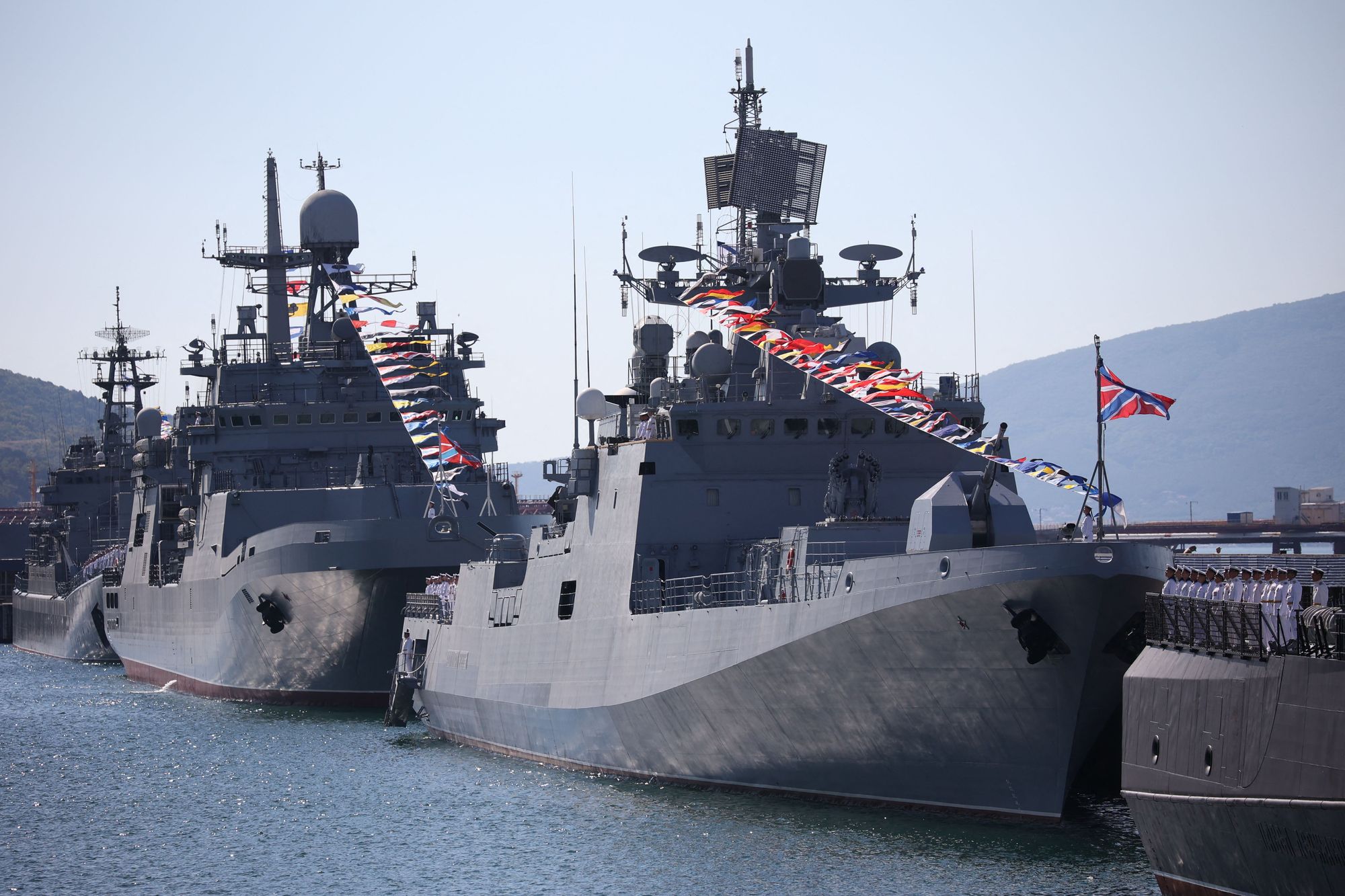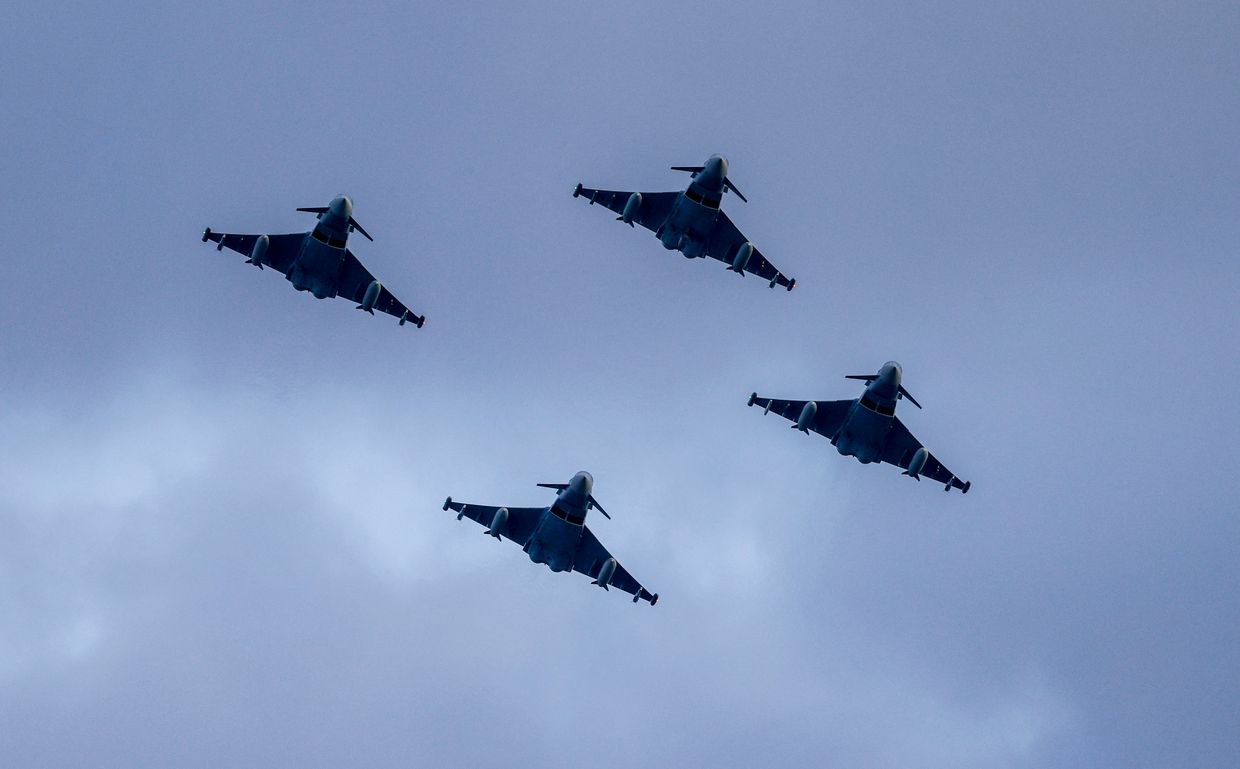Explosion damages tanker in Russian port, marking 6th mysterious blast this year

An explosion aboard the Eco Wizard tanker in Russia's Ust-Luga port caused an ammonia leak and is under investigation, the Russian Transportation Ministry announced on July 6.
Explosions have damaged five tankers at Russian ports since the beginning of the year.
The Russian Transportation Ministry alleged that "a minor leak of liquid ammonia" occurred at the Ust-Luga seaport in Leningrad Oblast due to "an incident" while unloading and loading the Eco Wizard tanker.
According to the Russian Telegram news channel Baza, "an explosion of an unknown nature" preceded the leak.
The ship's 23-person crew was evacuated and port emergency services are working on site to eliminate the consequences. Loading operations were stopped and emergency rescue services put on high alert. Russian Transportation Minister Roman Starovoit held a meeting on the incident and a diving inspection of the vessel is planned.
No casualties have been reported.
The Eco Wizard tanker arrived in Ust-Luga from Antwerp, Belgium on July 3, according to ship-tracking data from VesselFinder. The vessel was built in 2024 to transport liquefied petroleum gas (LPG) and flies the flag of the Marshall Islands.
The vessel is suspected to belong to Russia's "shadow fleet," a group of tankers Moscow uses to circumvent sanctions.
A week prior to the Eco Wizard explosion, a blast occurred on the shadow fleet tanker Vilamoura shortly after it visited Russian ports. The ship was carrying 1 million barrels of oil at the time of the explosion.
The Eco Wizard is the sixth tanker linked to Russia to have suffered an explosion since the start of this year.
 The Kyiv IndependentThe Kyiv Independent news desk
The Kyiv IndependentThe Kyiv Independent news desk

